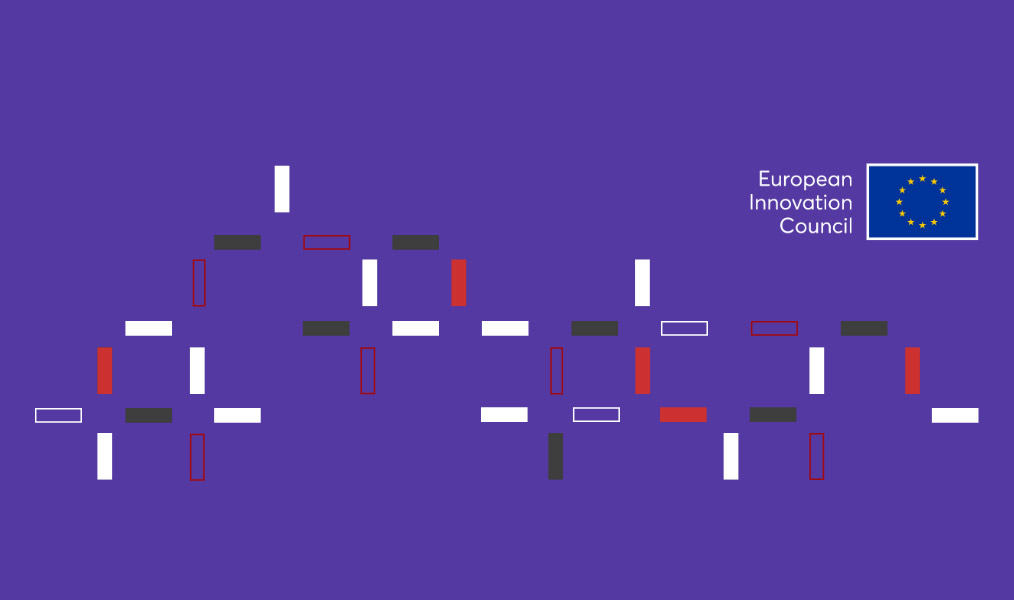Four ways to fund a R&D&I in a consortium

How can we fund a research, development, and innovation public-private project? In this piece, Lina Solarte, a funding technician at the UAB Research Park, shows us four different ways of funding research to create new opportunities that promote the creation of strategic consortiums between UAB and businesses.
23/07/2024
The advances in communication, science, and technology have been possible thanks to the public-private partnership. The introduction of Research, Development, and Innovation (R&D&I) has generated many possibilities to face the socio-economic and environmental challenges that characterise our current situation, allowing us to:
- The exchange of ideas, experiences, and knowledge eases the creation of synergies and new ways of reconciling economic growth and the well-being of our planet.
- The development of solutions. Both business and socioeconomic entities can use the specialised knowledge that research centres, such as the ones at the UAB, must get efficient and sustainable solutions to their products and services.
- Flexibility and adaptability. The public-private partnership allows for the planning of solutions in the medium and long term, and as such, it can solve upcoming challenges.
So, the wheel was invented, but the challenges are getting increasingly complex and more transversal. How, then, can we materialise a public-private partnership? At the UAB Research Park, we’re introducing the main sources of public, national, and European funding to consolidate your R&D&I in a consortium, ranging from initial phases (TRLs 1-3) to validation (TRLs 4-6).
- EIC Pathfinder Open and EIC Pathfinder Challenges. Through this two calls under the umbrella of the European Commission programme Horizon Europe, the European Innovation Council (EIC), promotes the development of technologies in their early stages (TRLs 1–3) with the clear goal of becoming products and services within the economic environment. So, if you have a competitive project that is underpinned by innovative and disruptive technologies and you pretend to bring it to market, these calls may be a good fit for you.
- Public-private partnerships. This call, promoted by the State Research Agency (AEI), supports experimental development projects between companies and research organisations for the incorporation of scientific and technical knowledge and results that validate new technologies, products and services. If your project has already gone through the early stages and is on a TRL 3, validate your technology in relevant environments. Thus, you’ll be able to contribute to the leading ability of the Science, Technology, and Innovation Spanish System (SECTI).
- EIC Transition. If you have already obtained a proof-of-concept of your technology (TRL 3) through a project funded by the European Commission, this instrument of funding from the EIC boosts the advance of technological maturation, allowing the funding of both technological and market development, bringing the project to more advanced TRLs 5–6.
- R&D&I projects in strategic lines – TransMisiones. This initiative, promoted jointly by AEI and the CDTI, funds research and knowledge transfer organisms to respond to thematic priorities of great importance for Spanish society and the Spanish economy.
These four ways of funding an R&D&I project in a public-private partnership allow for the advancement of scientific and technological transfer, promoting, at the same time, the consolidation of an innovative culture in socioeconomic environments.
Searching for new opportunities that promote the creation of strategic consortiums between UAB and businesses is one of the main activities within the UAB Research Park. Its bet on scientific and technological transfer allows the connection between research personnel and businesses. We work every day to pave the way and facilitate economic and social development through the responsible and ethical use of knowledge and technologies.